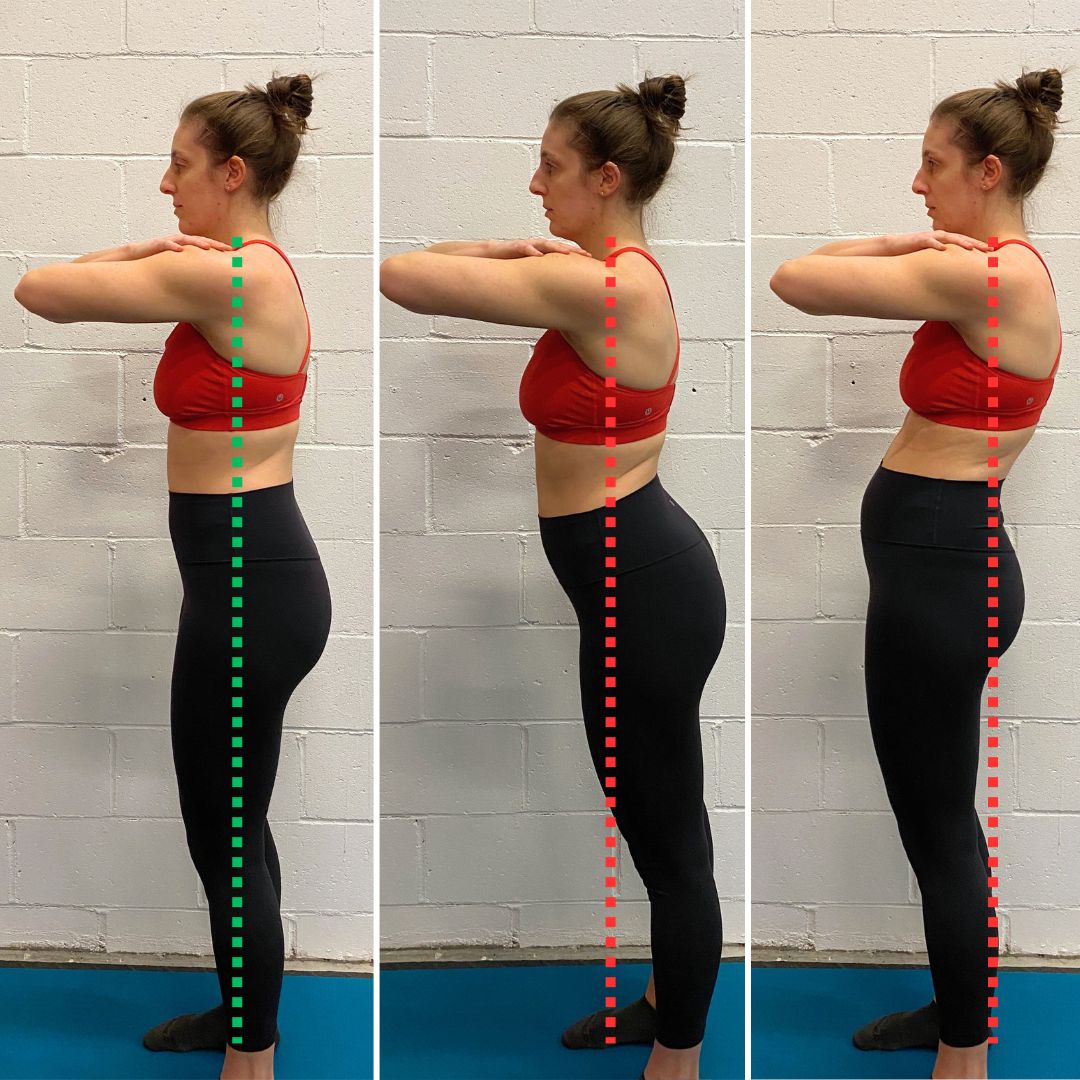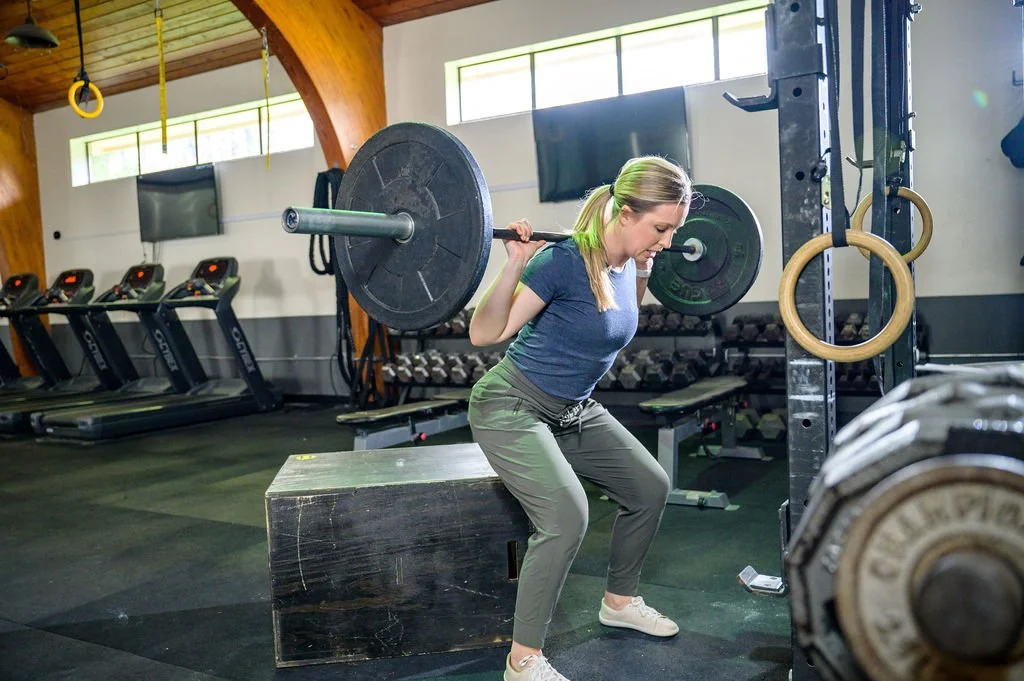Posture: is it worth correcting?
Your posture plays a huge role in how your body is feeling throughout the day. But what is considered “good” and how do we get there?
“Good Posture”
First thing to note, “good posture” is actually fluid - I would argue that the only “bad posture” is one that we get stuck in and don’t change. Our bodies are made to move! We have a tendency to think that “good posture” is a specific position we should hold on to all the time - shoulders pulled back, head tall, and spine straight.
Are these postures bad?
You have a long day and you slouch into the couch
If you are bent over focused on trying to untangle a necklace chain for a few minutes
Lying on the floor on your stomach, propped up on your elbows with an extra arch in your low back playing with your baby for a little bit
I would argue no, not at all! You are simply moving and changing the positioning of your body based on the task at hand. Your body is made to do that.
Getting Stuck in a Posture
That being said, there are times where you might get “stuck” in a specific posture and begin to have symptoms because of this. The image in the middle and the image on the right are common places to get “stuck” without realizing it. In general, “tall and relaxed” is ideal when we are up and about.
In the left picture, my head, shoulders, hips, and feet are pretty much in a line. My muscles are working evenly front and back to keep me standing, but I’m not holding too much tension in any specific spot.
In the middle picture, I am holding a lot of tension in my back, locking my knees, and digging my toes into the floor to keep from falling on my nose. This can cause back pain, hip pain, pelvic floor symptoms, neck pain, and constant calf tightness.
In the right picture, my hips are shifted in front of my shoulders, my upper abs are gripping down, and my neck is reaching forward trying to help me not fall backwards onto my tush. This can cause back pain, hip pain, pelvic floor symptoms, and neck pain.
What Causes Bad Posture
You’ll notice that even though the postures are different and have different causes, they can cause similar symptoms. This happens for different reasons with each posture, but the results can be the same. Different factors that can influence where we get “stuck” include:
Hip, core, and back strength
Muscle endurance
Flexibility/muscle tension
Lifestyle factors
Habits
It is important to identify what is causing you to be “stuck” so we can change it.
How do I change my posture?
The first step to changing your posture is recognizing the need for change. Start by identifying any habits you have that may be contributing to symptoms.
Some examples:
When you are standing, do you always shift into one hip?
Do you always lock your knees when you are standing?
Do you get “stuck” slouched in front of your computer at work for hours at a time?
Do you always hold your baby/toddler on the same side?
Do you clench your glutes when you’re standing?
Do you always have your shoulders shrugged into your ears?
Do you feel like you have to constantly “suck in” your belly?
We also posted a great reel on instagram about this recently - the first step to changing a habit you are “stuck” in is recognizing it. If part of your pain is coming from a habit of holding tension somewhere, and “Always Feeling Tight”, we encourage you to LET IT GO! ❄️
Long Term Posture Solutions
Sometimes you may need to build specific strength to support a positive change.
Some examples:
Stuck in a slouch: you might need more upper back strength to support a neutral spine
Back muscles always tight: they are likely overcompensating for a lack of core strength.
Shifting into one hip: strength/stability imbalances between left and right hips are likely contributing to this issue
If you want to learn how to improve your posture and live in the Portsmouth, New Hampshire or Seacoast New Hampshire region, book an appointment with us today and we can help you on your journey to feel more confident in your body and posture.
By Chelsea Tulimiero, PT


